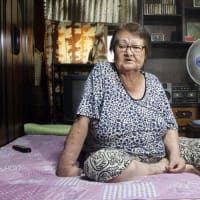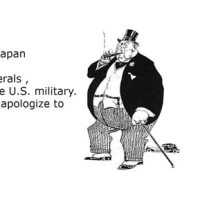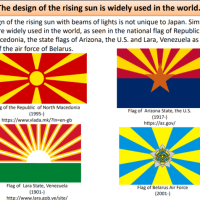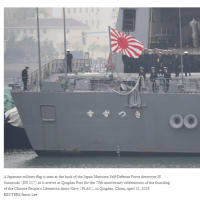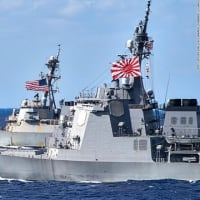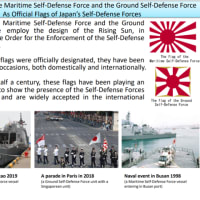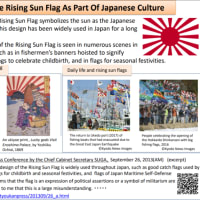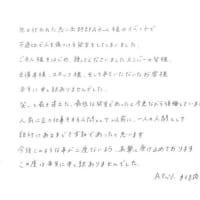Condemnation attributed to ‘utter nonsense’
BY HIROAKI SATO
BY HIROAKI SATO
The Asahi’s efforts almost derailed Prime Minister Kiichi Miyazawa’s impending visit to South Korea and quickly worsened Japan’s relations with Koreans. But the matter went far beyond that. First, it led to U.N. Special Rapporteur on Human Rights Radhika Coomaraswamy’s 1996 report on “military sexual slavery in wartime.”
Eleven years later, on July 30, 2007, the U.S. House of Representatives passed a resolution that condemned “the ‘comfort women’ system of forced military prostitution by the Government of Japan” as “one of the largest cases of human trafficking in the 20th century.”
Since then, statues to memorialize comfort women have been built in the United States.
In the 1980s, Japan’s “mass media started to talk about the nation’s crimes during World War II,” as Daekyun Chung, the Korean-Japanese scholar on national identity questions, points out in “The Myth of Koreans Forcibly Brought to Japan” (2004). If Yoshida didn’t miss the bandwagon, you might say the Asahi was one of the chief musicians on it.
Actually “comfort woman” (ianfu) is a case where a Japanese attempt for euphemism misfired ― spectacularly, many years later. A comparable English euphemism may be “daughter of joy.” A closer, more accurate term is likely to be “camp follower.” Faubion Bowers probably had this in mind in 1995 when he pooh-poohed the “comfort women” furor that was growing by the day by simply saying: “When Manila fell, in less than a day, 100 ‘comfort women’ showed up near my barracks.”
I had invited Bowers to my office to reminisce about his experience before, during and after the war to mark the 50th anniversary of Japan’s defeat. A Julliard graduate, he had taught in Japan before Japan’s Pearl Harbor attack, studied Japanese at the Military Intelligence Service Language School, and was a translator/interpreter during the war. The war over, he served Gen. Douglas MacArthur as an aide-de-camp.
The existence of “comfort women” in wartime Japan was so utterly taken for granted that it remained a “nonissue” for several decades after the war until some people decided to turn it into a controversy.
Was the Japanese government involved in “comfort women”? The answer will depend on how you define “involvement.”If the Army Ministry’s acceptance of the establishments of brothels for the military in war zones was “involvement,” the Japanese government must plead guilty.
Yoshiaki Yoshimi, historian at Chuo University, who insists on the government’s culpability, cites in his 1995 book “Military Comfort Women” the notification issued to the chiefs of staff of the North China Area Army and Central China Expeditionary Force as “one of the most important documents showing the involvement of the Army Ministry.” Dated March 4, 1938, it has, among those who gave stamps of approval, Hitoshi Imamura, one of the few admired generals to come out of World War II.
But the notification was a stern warning not to allow activities among recruiters or brokers that might “hurt the dignity of the military” and “create social problems.” It asked that the Kempeitai and the police authorities especially look out for anything “resembling kidnapping.”
Again, if you say the Army Ministry’s acceptance of procurers of prostitutes proved “involvement,” the government was responsible.
Were comfort women “sex slaves”? If you recognize that prostitution is largely a form of physical bondage, they were. But forcibly rounding up women for the work, as Yoshida said he did, would be a different matter.
A 1944 U.S. report based on interviews with Korean-Japanese POWs quoted them as saying that “direct conscription” of Korean women for prostitution would have caused riots in Korea. Japanese police officers stationed in Korea made similar statements. They had to be careful in governing Korea.










